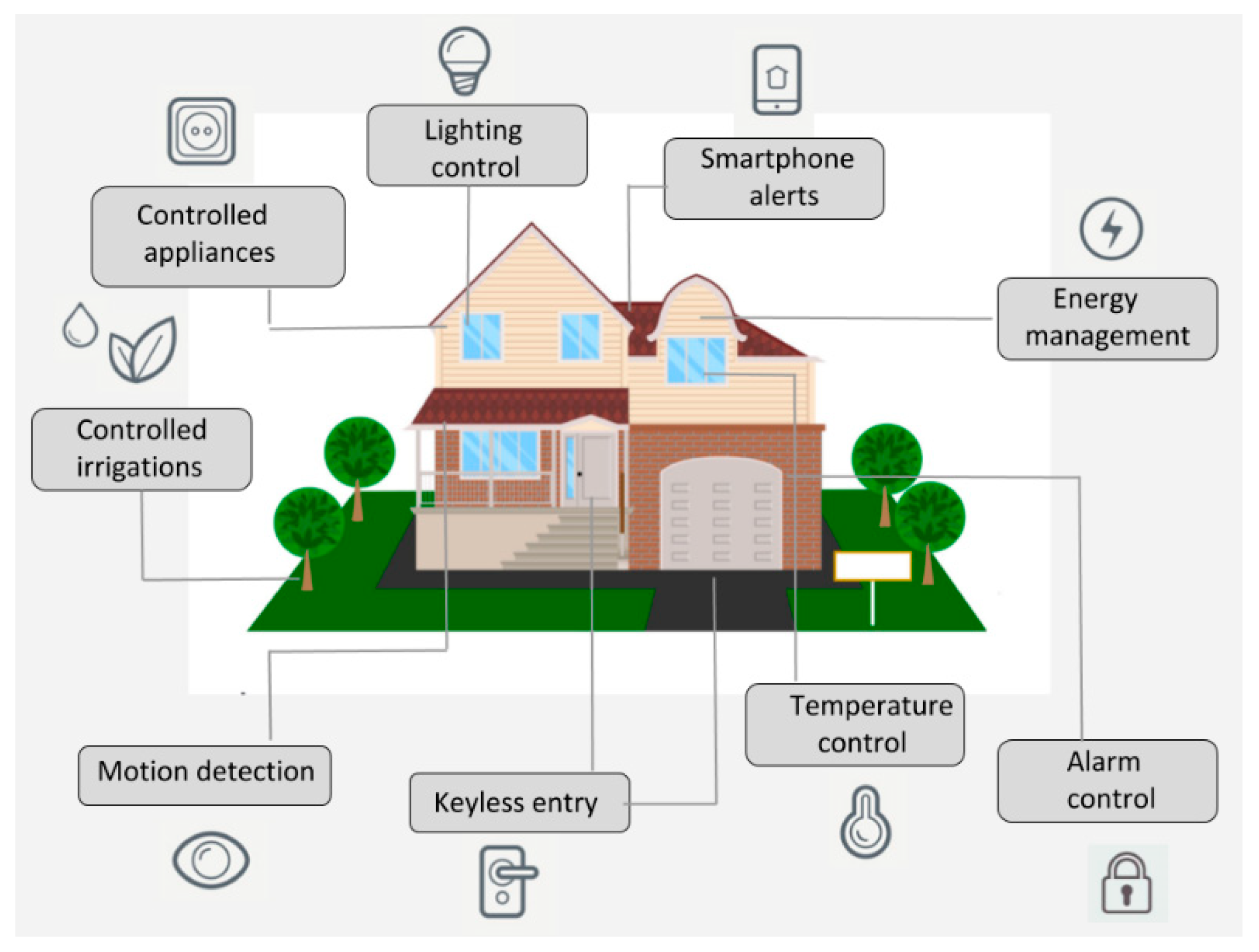Sensors, Free Full-Text
In light of the increased demand for greater accountability and legitimacy, new disclosure mechanisms based on non-financial transparency have emerged. Universities cannot be left behind with respect to these social demands. In addition, continuous competition in excellence is driving higher education organizations to exhibit a greater visibility of their results, necessarily incorporating more non-financial aspects to boost stakeholder engagement. The novelty of this work lies in the analysis of the real state of non-financial vs. financial information in both public and private universities and in the exploration of their influence on stakeholder online engagement. To this end, a content analysis of the universities’ web pages and Facebook profiles was conducted, and a multivariable linear regression analysis was performed. The main results show that private and larger universities that lead Webometrics for Google Scholar Citations, and those that have gradually been adopting financial reporting, are the most interested in implementing Facebook as a two-way communication strategy. It seems that stakeholders react more to financial transparency and, therefore, universities still prefer financial disclosure to improve accountability.
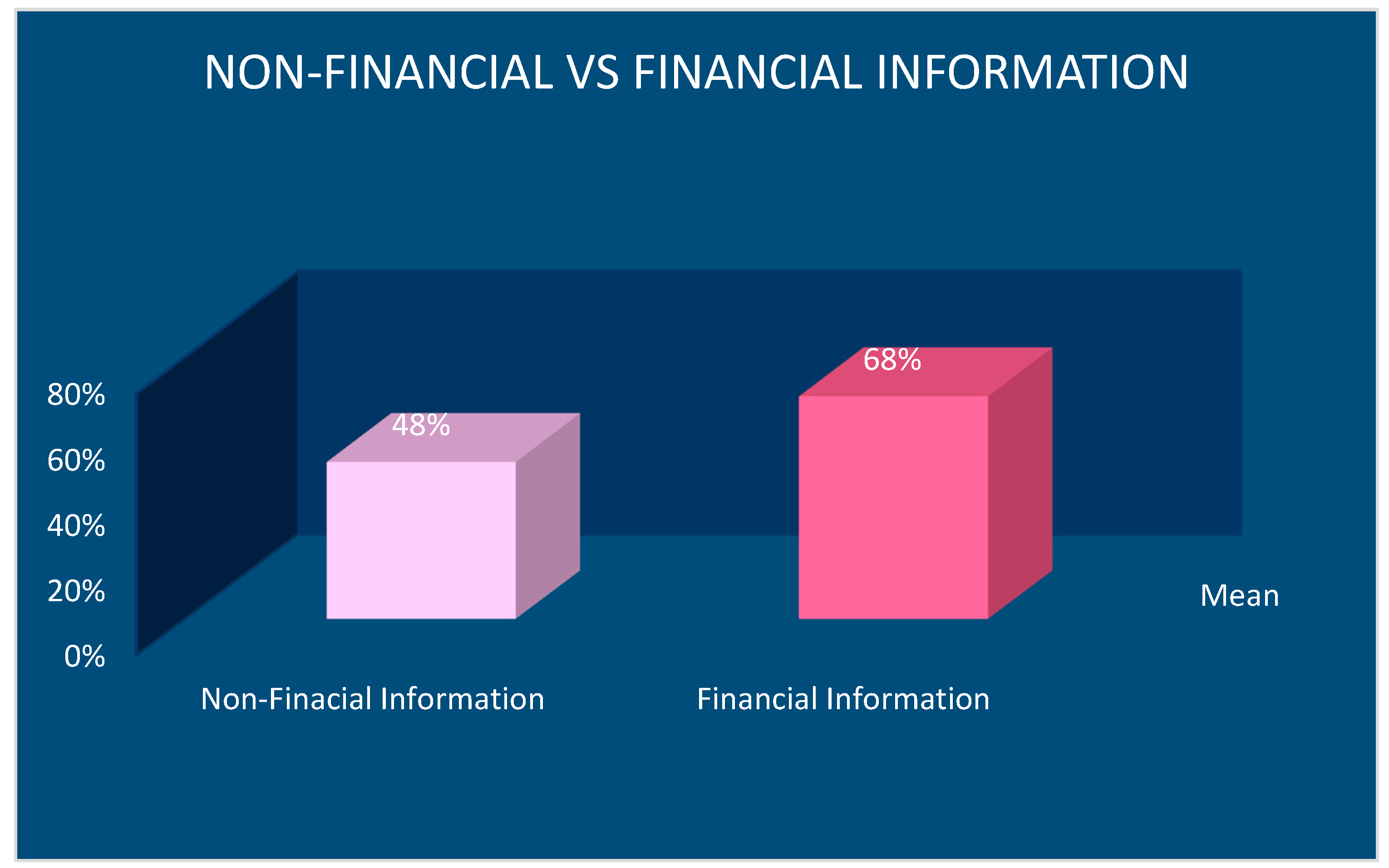
Sustainability, Free Full-Text
Who's Spending Time Watching Traditional TV - And How Does It Compare with Other Platforms?

Who's Spending Time Watching Traditional TV - And How Does It Compare with Other Platforms? - Marketing Charts

13 Channels That Will Make You Instantly Smarter
This paper presents a low-noise inverter-based current-mode instrumentation amplifier with tunable gain and bandwidth for electromyogram (EMG) and electrooculogram (EOG) biopotential signals, targeting low input noise while maintaining low power consumption. The gain tuning method is based on pseudo-resistors, whereas the bandwidth is tunable due to a varactor system that is controlled by the same control voltage that tunes the gain. The circuit was designed and manufactured using the 110 nm UMC CMOS technology node, occupying an area of 0.624 mm2. The circuit presents a functioning mode for each biopotential signal with different characteristics, for the EMG a gain of 34.7 dB and a bandwidth of 1412 Hz was measured, with an input referred noise of 1.407 μV which matches a noise efficiency factor of 1.44. The EOG mode achieves a 39.5 dB gain and a 22.4 Hz bandwidth while presenting an input-referred noise of 0.829 μV corresponding to a noise efficiency factor of 6.37. For both modes, the supply voltage is 1.2 V and the circuit consumes 1 μA.

Electronics, Free Full-Text
These words, written by my friend Dan Williamson, back in 2015 when we worked together at TheMediaBriefing (RIP) are at the heart of my journalistic and research interests, and something I have also…

Teaching the business of media and journalism matters. Here's how I'm doing it., by Damian Radcliffe, The Graph
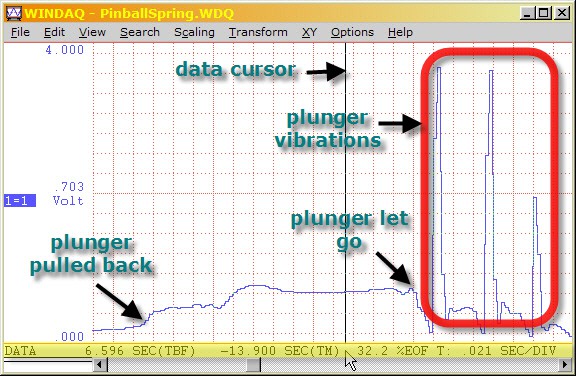
Measuring Vibrational Frequency with Light
The automatic extraction of biomedical events from the scientific literature has drawn keen interest in the last several years, recognizing complex and semantically rich graphical interactions otherwise buried in texts. However, very few works revolve around learning embeddings or similarity metrics for event graphs. This gap leaves biological relations unlinked and prevents the application of machine learning techniques to promote discoveries. Taking advantage of recent deep graph kernel solutions and pre-trained language models, we propose Deep Divergence Event Graph Kernels (DDEGK), an unsupervised inductive method to map events into low-dimensional vectors, preserving their structural and semantic similarities. Unlike most other systems, DDEGK operates at a graph level and does not require task-specific labels, feature engineering, or known correspondences between nodes. To this end, our solution compares events against a small set of anchor ones, trains cross-graph attention networks for drawing pairwise alignments (bolstering interpretability), and employs transformer-based models to encode continuous attributes. Extensive experiments have been done on nine biomedical datasets. We show that our learned event representations can be effectively employed in tasks such as graph classification, clustering, and visualization, also facilitating downstream semantic textual similarity. Empirical results demonstrate that DDEGK significantly outperforms other state-of-the-art methods.
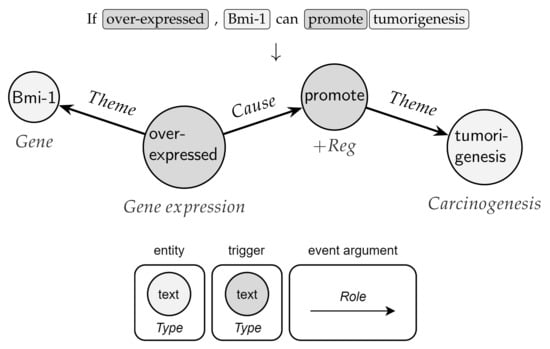
Sensors, Free Full-Text
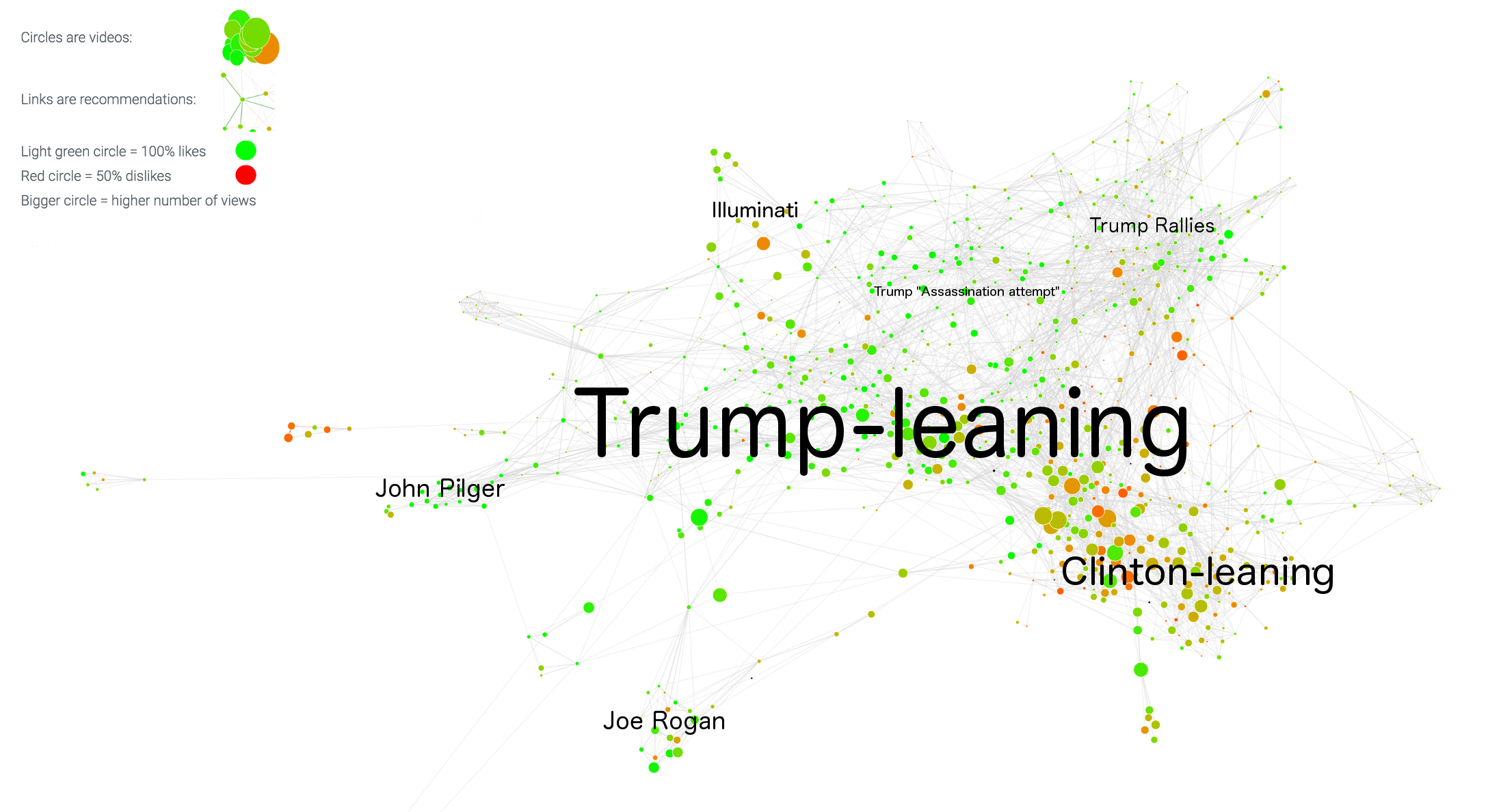
s A.I. was divisive in the US presidential election, by Guillaume Chaslot, The Graph
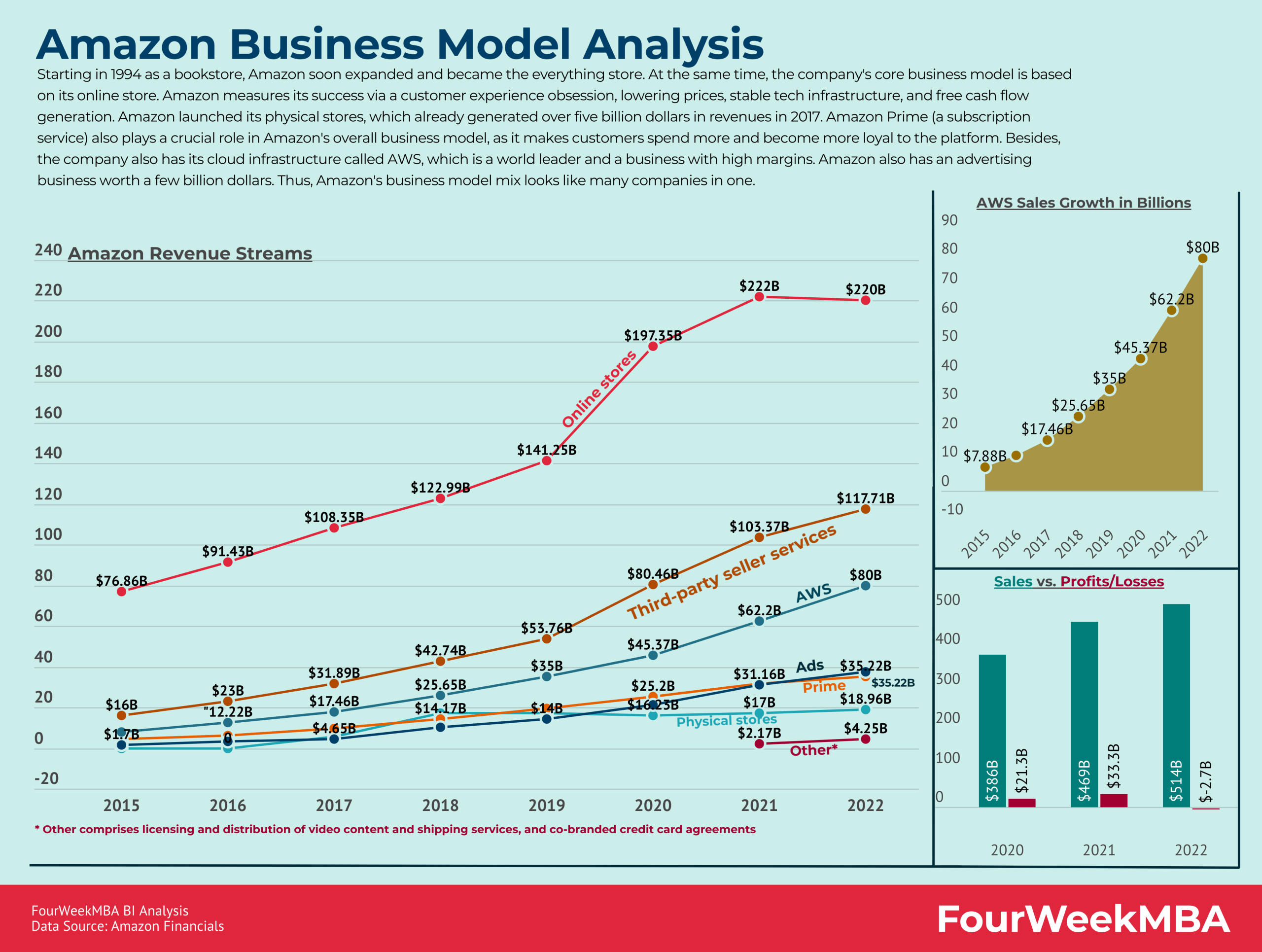
How Makes Money: Business Model (2023 Update)
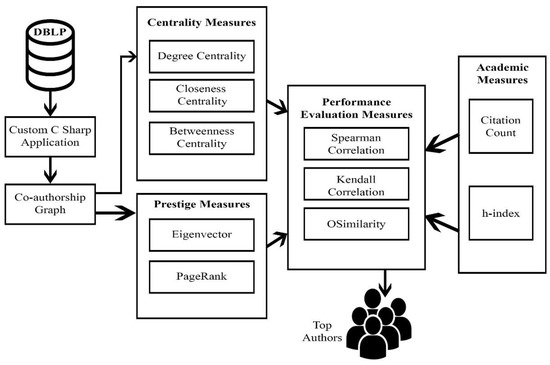
Applied Sciences, Free Full-Text
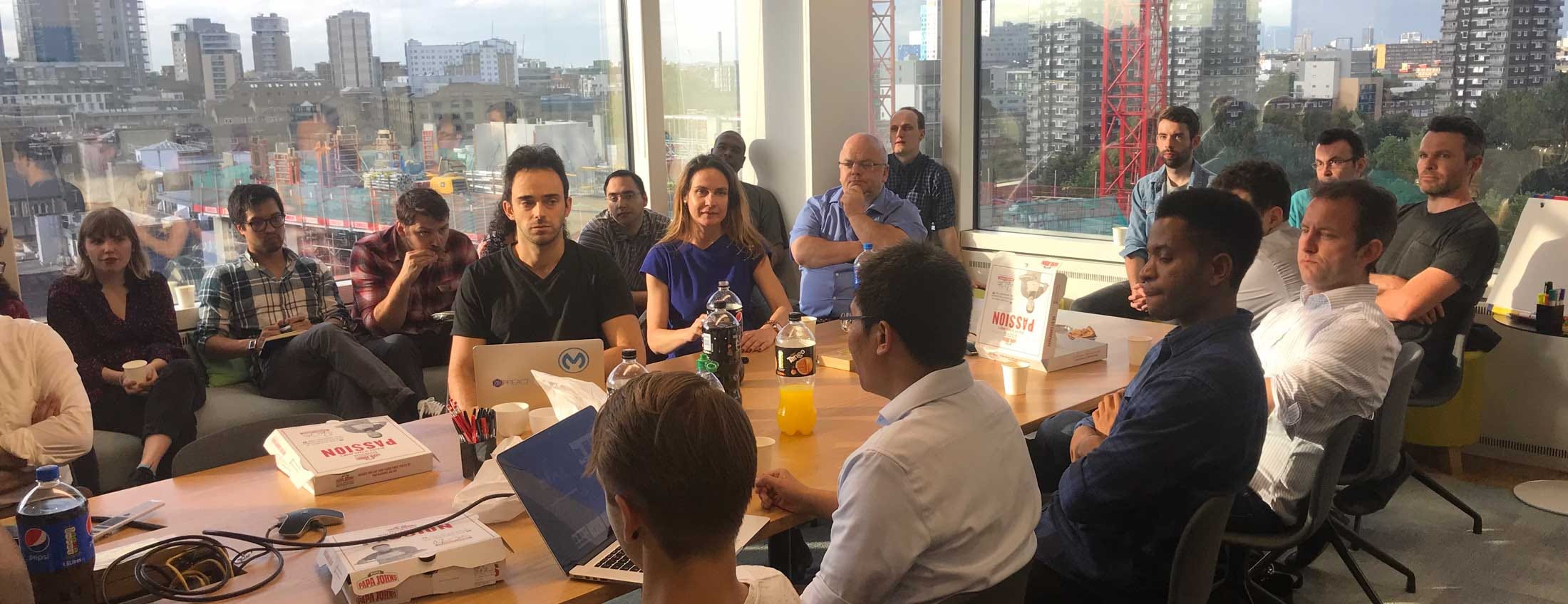
Reaching for the Sky at our latest recommender systems meetup, by Bibblio, The Graph

Adopting extended reality? A systematic review of manufacturing training and teaching applications - ScienceDirect
Sensors, Free Full-Text
- Best Price $ 23.50. Good quality and value when compared to mannsupport.com similar items.
- Seller - 267+ items sold. Top-Rated Plus! Top-Rated Seller, 30-day return policy, ships in 1 business day with tracking.
People Also Loved
-
![Chanel Classic Flap Bag EU Price List Reference Guide [2023] – Bagaholic](https://cdn.shopify.com/s/files/1/0003/3492/1742/files/chanel_classic_flap_bag_size_guide.jpg?v=1661263471)
Chanel Classic Flap Bag EU Price List Reference Guide [2023] – Bagaholic
Buy It Now 7d 8h -

Chanel Handbag Prices Have Gone Up by 60% Since 2019, Aiming for Hermes Status - Bloomberg
Buy It Now 28d 13h -

tokyo's trendiest town - omotesando guide ✨, Gallery posted by gwen 🦋
Buy It Now 24d 14h -

CHANEL Caviar Quilted Small Coco Handle Flap Light Beige 198468
Buy It Now 25d 5h -

Brand New Chanel Mini Rectangular Flap Bag in 21S Pink Tweed
Buy It Now 24d 21h -

Rare Vintage CHANEL Denim Flap Bag
Buy It Now 25d 21h -

Shop CHANEL 2023 Cruise CHANEL ☆Mini Flap Bag ☆AS1787 B02916 NL303 by aamitene
Buy It Now 27d 5h -
Where can I find replicas of Chanel? - Quora
Buy It Now 24d 22h -

Chanel 2.55 - Wikipedia
Buy It Now 10d 17h -

Elite Hermes & Chanel Handbags: Exclusivity At Its Finest, Shop Now – Only Authentics
Buy It Now 17d 6h -
Predict-the-Happiness-HackerEarth-Challenge/dictionary.json at master · abhijeet3922/Predict-the-Happiness-HackerEarth-Challenge · GitHub
Buy It Now 17d 14h -

Chanel Pink Quilted Caviar Leather Mini Vanity Case with Chain Bag
Buy It Now 10d 18h -

Light Blue Quilted Denim 2.55 Reissue Double Flap 227 Gold Hardware, 2016, Icons of Endless Luxury, 2021
Buy It Now 4d 11h
